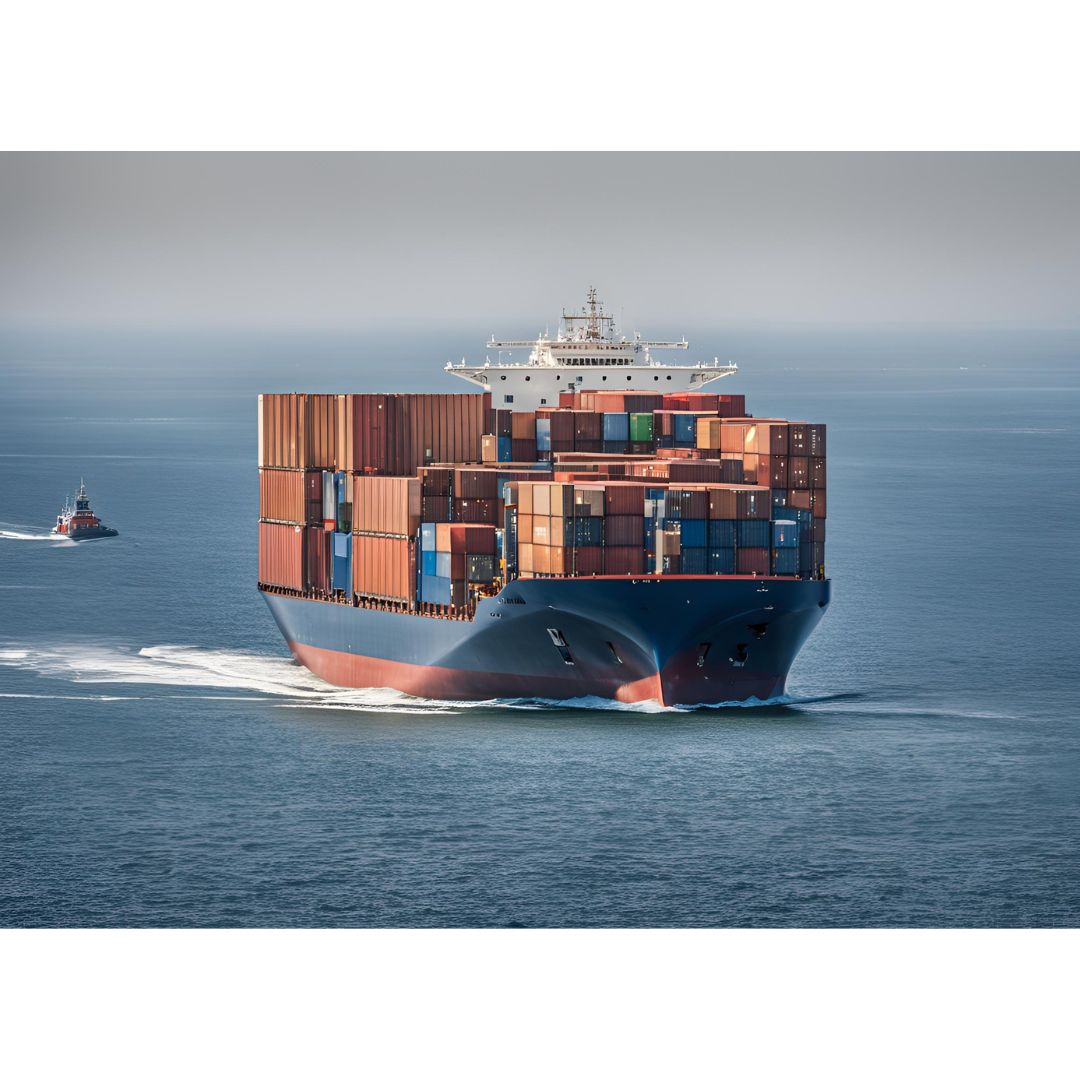
Sustainable Logistics: The Green Engine Revolutionizing the World of Transportation
Logistics is the hidden engine behind every product we use, from what we eat to what we wear, and transportation is the main artery that keeps the steady flow of goods moving. However, this sector has a significant impact on the planet, contributing substantially to CO2 emissions and climate change. This is where sustainable logistics comes into play—an approach aimed at reducing the environmental footprint of goods transportation without sacrificing operational efficiency.
The environmental impact of the transportation sector
Transportation is one of the primary sources of greenhouse gas emissions globally. According to the International Energy Agency (IEA), the transportation sector is responsible for about 24% of global energy-related CO2 emissions, with road transport accounting for the largest share. Trucks, ships, and airplanes used to move goods across continents, countries, and cities significantly contribute to air pollution and climate change.
The problem is complex: demand for transportation continues to grow with the expansion of global trade and consumption. Consequently, reducing the environmental impact of transportation is a huge challenge but also a crucial opportunity to make the logistics sector more sustainable.
Key Solutions for sustainable logistics in transportation
To address these challenges, companies and governments are seeking solutions that can drastically reduce the environmental impact of transportation. Here are some of the key initiatives underway:
-
Transition to Low-Emission vehicles
One of the most promising approaches for sustainable logistics is the transition to low-emission vehicles, such as electric, hybrid, or hydrogen-powered trucks. Logistics companies are beginning to invest in fleets of electric trucks that emit no CO2 during operation, thereby reducing the contribution of road transport to air pollution. Electric cars and trucks powered by renewable energy could help drastically reduce emissions. However, the widespread adoption of this technology requires large-scale charging infrastructure and sustainable battery production.

-
Route optimization and logistical improvements
Optimizing transportation routes is an immediate and highly effective solution for reducing environmental impact. By using advanced software and big data, companies can plan more efficient routes, reducing fuel consumption and minimizing emissions. The use of digital solutions for real-time fleet monitoring, goods management, and reducing vehicle downtime can significantly improve operational efficiency. Intermodal planning, which combines multiple modes of transport (road, rail, maritime), is also crucial for reducing overall emissions.

-
Integration of rail and maritime transport
Rail and maritime transport are generally more emission-efficient than road or air transport. For this reason, many companies are increasingly integrating these modes of transport into their supply chains. Rail transport, in particular, has a much lower impact compared to trucks over long distances, while maritime transport is an ideal solution for international trade. However, the maritime sector also faces the challenge of sustainability, with the introduction of ships powered by cleaner fuels such as liquefied natural gas (LNG) or the experimentation with zero-emission technologies like wind sails or electric propulsion systems.

-
Use of renewable energy
Another key aspect of sustainable logistics is the growing adoption of renewable energy, both to power transport vehicles and for logistics infrastructure such as warehouses and distribution centers. The installation of solar panels, the use of wind turbines, and other forms of clean energy can significantly reduce the emissions associated with logistics operations. Moreover, investing in technologies like electric trucks or hydrogen-powered trains is not enough if the energy used comes from fossil fuels. Companies must commit to ensuring that the energy used to power these vehicles is truly green.

Challenges and Opportunities
Despite progress, sustainable logistics in transportation faces several challenges. The high costs of clean technologies, the lack of adequate infrastructure, and the need for regulatory changes are major obstacles. Additionally, the complexity of global supply chains makes it difficult to coordinate sustainable efforts among the various stakeholders involved.
However, the opportunities are immense. Companies that adopt sustainable logistics practices can gain significant competitive advantages, including long-term cost reductions, improved reputation, and greater compliance with emerging environmental regulations. Furthermore, the transition to sustainable logistics can help improve air quality and reduce dependence on fossil fuels.
The Future of Logistics is Green
Sustainable logistics, with transportation at its core, is no longer just an option; it is a necessity to address the environmental challenges of the future. With emerging technologies and greater awareness, the transportation sector can become a pillar of a greener and more sustainable economy. The adoption of low-emission vehicles, route optimization, and the integration of renewable energy represent concrete steps towards a future where logistics will not only be efficient but also planet-friendly.




